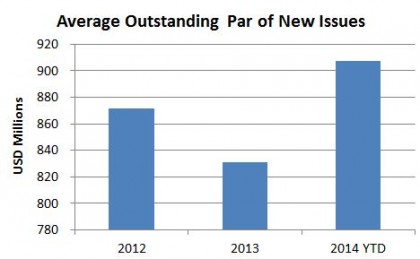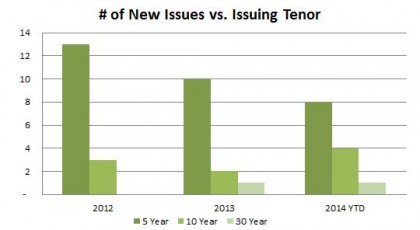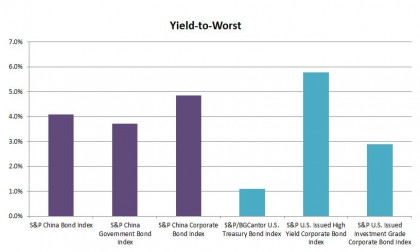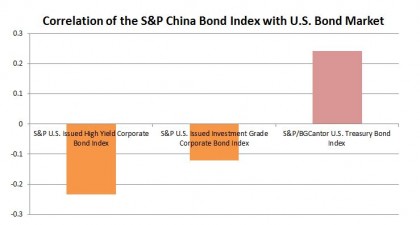Real estate, once the villain of the financial crisis, is now lauded as the place to find yield, diversification and maybe stability. Before REITs became eligible for the S&P 500 in October 2001, real estate investing either meant direct ownership or a specialized corner of the stock market. The recovery from the financial crisis focused attention on real estate and REITs to understand what happened and why. With equity markets at record highs and yields and interest rates at record lows, the search for yield is focusing attention on REITs and real estate companies.
Recognizing the growing importance of real estate to investors, S&P Dow Jones Indices and MSCI announced on November 10th that real estate would become a separate sector in GICS®, the Global Industry Classification Standard. Real Estate, previously part of the GICS financial sector, will be the 11th sector while the financials will now be limited to financial services such as banking, insurance or exchanges. This is the first time since GICS was launched in 1999 that a new sector is being added. It is not the first change – when GICS was launched a commitment was made to maintain the classifications and update the structure to keep it consistent with the financial markets.
Introducing a new sector for real estate means increased attention to real estate as investors analyze markets and their own asset allocation. It also means revisions to numerous databases and analytical systems which utilize GICS. Raising the profile of REITs and real estate management and development companies is likely to encourage the development of new investment products focused on the asset class. Since new analyses and revising databases takes time, the implementation of the new sector will be in August, 2016. While smaller GICS changes in the past – such as redefining an industry – were usually done with lead times of six to 12 months, comments from clients and investors suggested a longer than usual lead time.
While S&P Dow Jones Indices, together with MSCI, maintains GICS, we do not make decisions about changes in a vacuum. The key part of the annual GICS structure review is consulting with clients and investors through face to face discussions, emails and web-based survey. The consultation on Real Estate and REITs revealed that a substantial majority of investors treat real estate as its own asset class. Moreover, this is true in markets globally. It is no surprise that more and more countries are introducing REIT structures into their tax codes and real estate finance. Likewise, it is no surprise that REITs and other real estate securities are attractive based on yield.
Adding a new sector to GICS is the largest change in the structure since GICS began; it is also the latest step in industry classifications that go back to the 1920s and Standard Statistics Corporation’s (one of S&P Dow Jones’ predecessors) first index to classify stocks into industries. That history explains why industry classification must change with the market: among those industries that no longer stand alone are cigar manufacturing, radio and phonograph and leather.
Details on the changes to GICS can be found HERE or HERE
The posts on this blog are opinions, not advice. Please read our Disclaimers.








